"For sports car enthusiasts, things just ain't what they used to be, what with ever more strictly policed speed limits, tighter controls on emissions, high fuel prices and, er, imaginative rates of Vehicle Excise Duty to contend with. Although rumours "

Atalanta roadster: a glorious blast from the past
A new British sports car with a story that starts in 1937. Tim Pitt drives the Atalanta roadster
At one end of a small Oxfordshire town lies Bicester Village shopping mall: mecca for Chinese tourists and the brand-obsessed.At the other, the infinitely more interesting Bicester Heritage: de facto home of the UK classic motor industry. If you need your Ferrari fettled or your Rolls retrimmed, the automotive artisans of this former RAF base can oblige. But Bicester isn’t only about preserving the past. There’s a fully-fledged British carmaker based here, too.
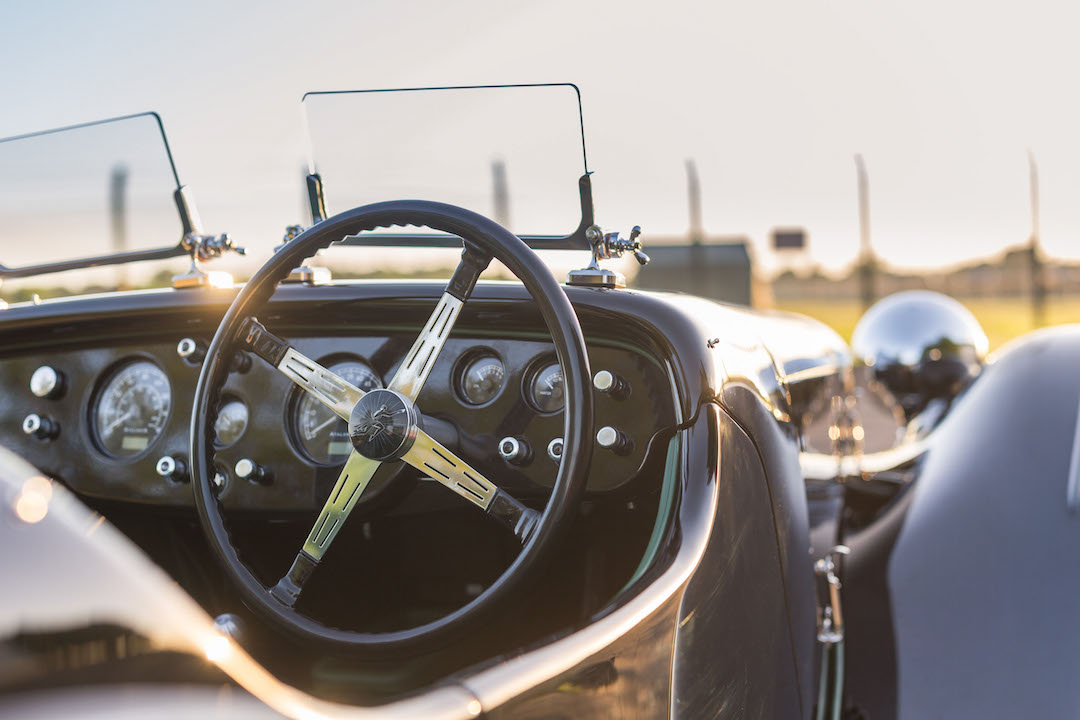
Atalanta started life in 1937 and made a grand total of 22 cars before World War II brought production to an abrupt halt. However, what the firm – then based in Slough – lacked in scale, it made up for with innovation. The Atalanta roadster had a twin-spark engine, hydraulic brakes, fully independent suspension and a pre-selector gearbox: the vintage version of flappy paddles. It even raced at Le Mans.
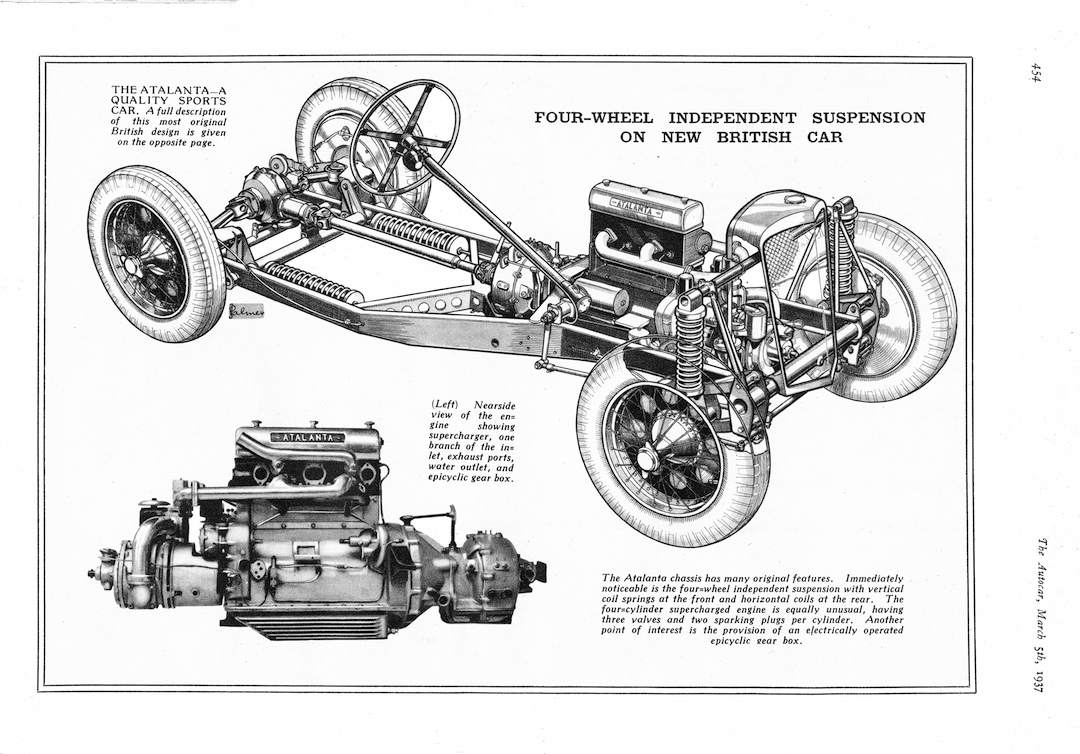
The resurrection of Atalanta is down to one man: Martyn Corfield. His lifelong obsession began after seeing one in a showroom as a child. Today, Martyn owns three of the seven surviving Atalantas, one of which – the Le Mans car – forms the basis for his retro recreation. Hand-built by three people at a rate of one a month, the £150,000 roadster is for people who think Morgans are too modern. It’s also the most alluring car I’ve driven this year.

The Atalanta oozes raffish glamour: all sumptuous curves, supple leather and glinting chrome. Like a Morgan, the chassis is ash wood clothed in aluminium panels, while power comes from a 200hp Ford-sourced four – good for 0-62mph in seven seconds and 125mph. There are side repeaters, head restraints and seatbelts, plus a second filler cap that hides a battery trickle charger, but it looks otherwise identical to the 1938 original.
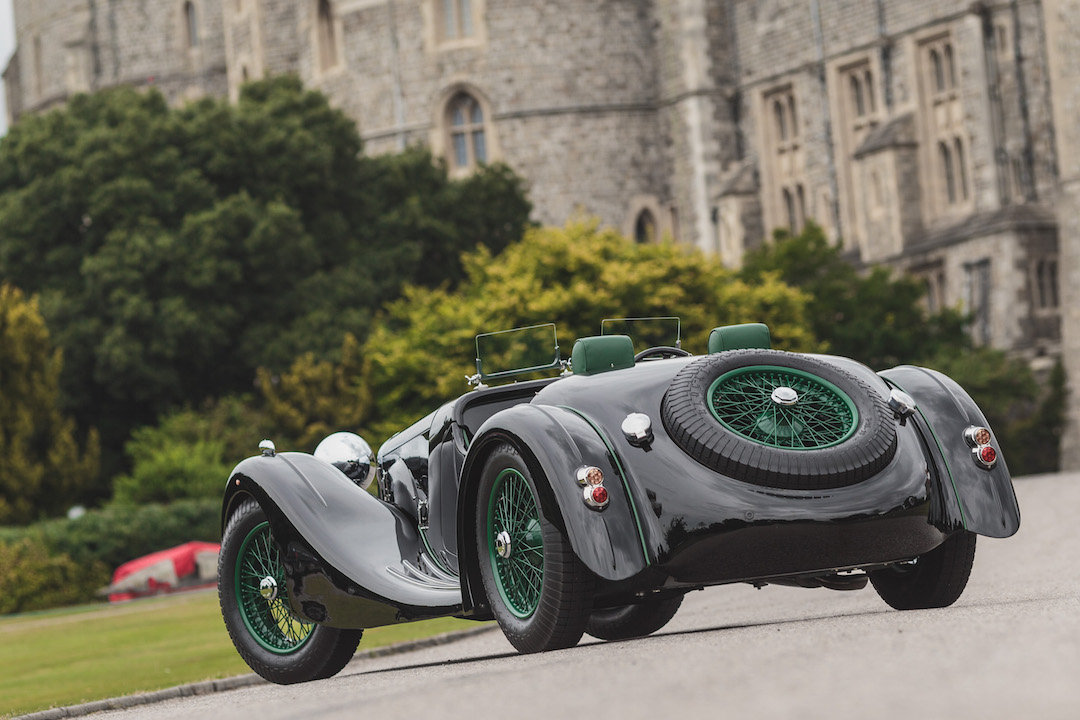
One bonus of Bicester is the disused aircraft runway next door. It would be rude not to, right? Exhaling through a side-exit exhaust, the Atalanta sounds brusque and boisterous. Its five-speed gearbox needs a firm shove and, with no power assistance, I’m thankful for the lorry-sized steering wheel. Weather protection? I have a tiny aero-screen and, erm… a coat.
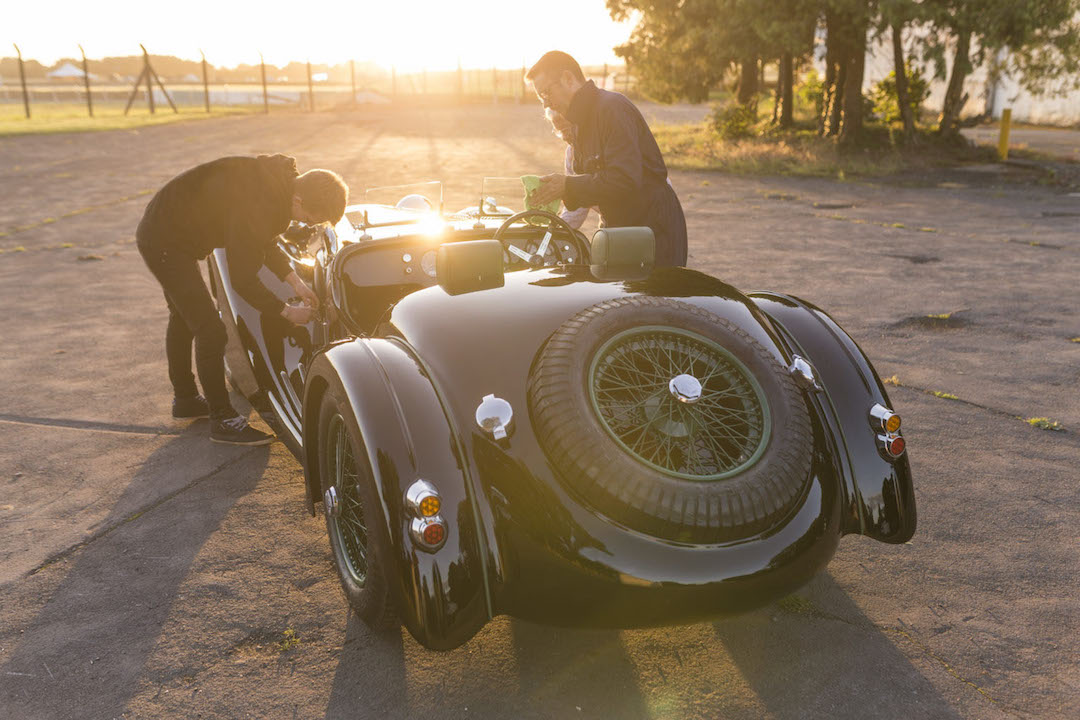
On-track hooning betrays the limitations of a 1930s chassis, but it’s also riotous, laugh-out-loud fun. On knobbly 550-18 tyres – remanufactured for historic racing – the Atalanta understeers safely, but lurid slides are never more than an indelicate prod of the throttle away. Physical and defiantly non-digital, this isn’t a car that flatters mistakes.

It does flatter your ego, though. As I head west into the picture-perfect Cotswolds, blatting between bends on quiet B-roads – the roadster feels like a passport to a bygone age. “A 1930s experience with the rough edges removed”, to quote Martyn. It’s bumpy, not particularly quick and rather rudimentary to drive, yet the experience is unlike any other ‘new’ car on sale.
Herein lies Atalanta’s USP. Many owners will already have stables full of supercars, but unless their collection includes pre-war machines, there’ll be nothing quite like this.
So forget the boutiques of Burberry or Barbour – head to the other side of Bicester for the best of British bespoke.
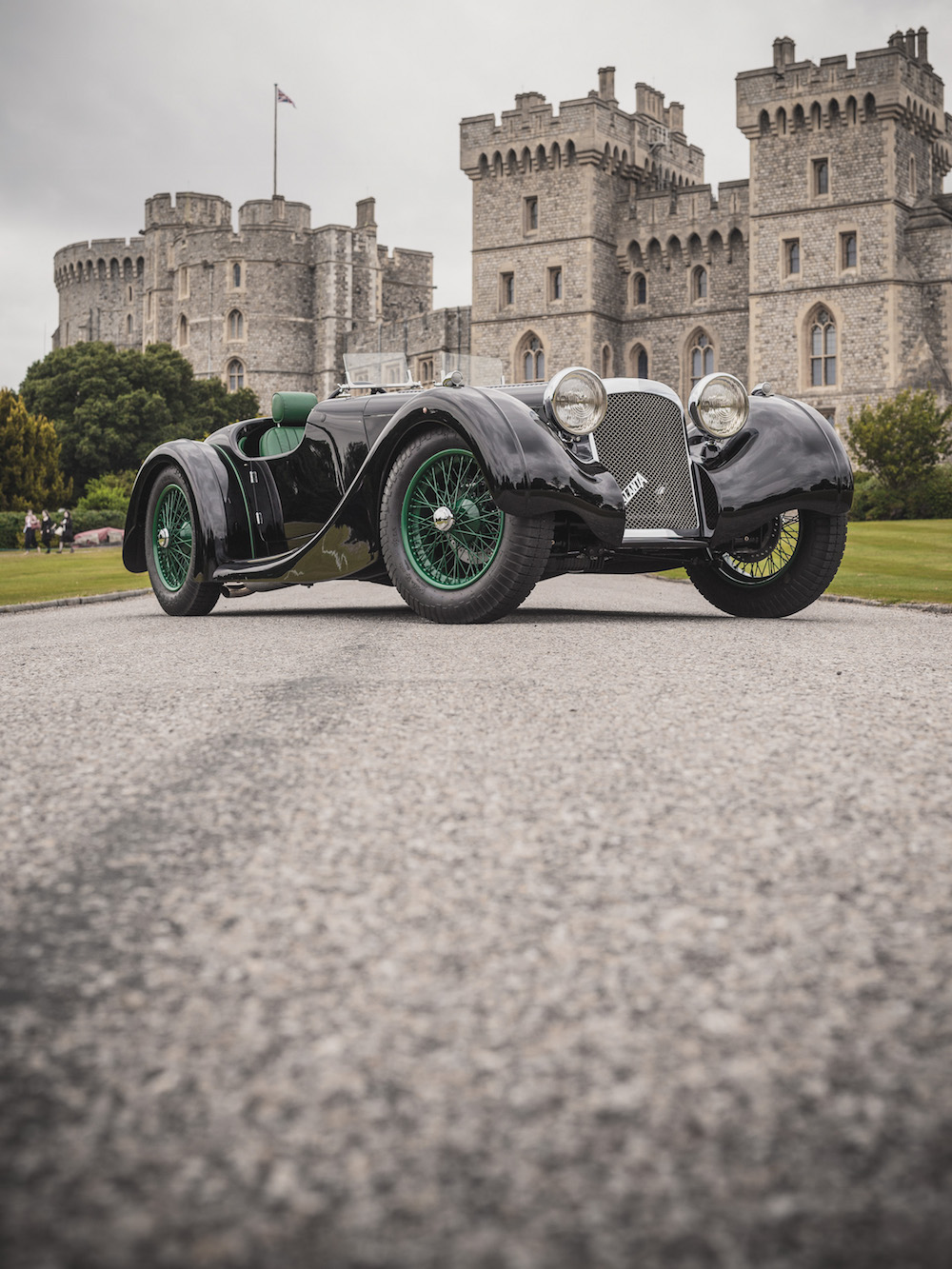
CLICK TO ENLARGE









